Leeham News and Analysis
There's more to real news than a news release.
Aeroflot, the route to a modern airline, Part 2
By Bjorn Fehrm
April 19, 2017, ©. Leeham Co: In our second article about Aeroflot, the Soviet Union flag carrier that transformed to a modern airline, we will cover the period from the fall of the Soviet Union until 2010.
This was the difficult period for all participants. The old structures no longer existed and were replaced with… nothing, followed by uncertainty and a long struggle to get back to normal.
Bjorn’s Corner: Aircraft engines, sum up
April 14, 2017, ©. Leeham Co: We’ve been talking engines on Fridays since October 2016. The Corners covered several areas, from technologies to operations.
And we could go on and dig deeper. But we will move on.
Before we go, we sum up what we have learned in the 24 Corners around airliner Turbofans.
Irkut MC-21 missing ultimate load test
By Bjorn Fehrm
April 05, 2017, ©. Leeham Co: United Aircraft’s IRKUT MC-21 passed 90% of the static Ultimate load test end February at the TsAGI test institute in Moscow, reports ATO.RU. But the aircraft failed the 100% test.
The test simulates a load which is 150% higher than the highest load that the aircraft should be subject to in its operational life. The test failure does not stop the aircraft from beginning flight testing, for that the aircraft needs to pass the limit load test (highest load during flight), which it has.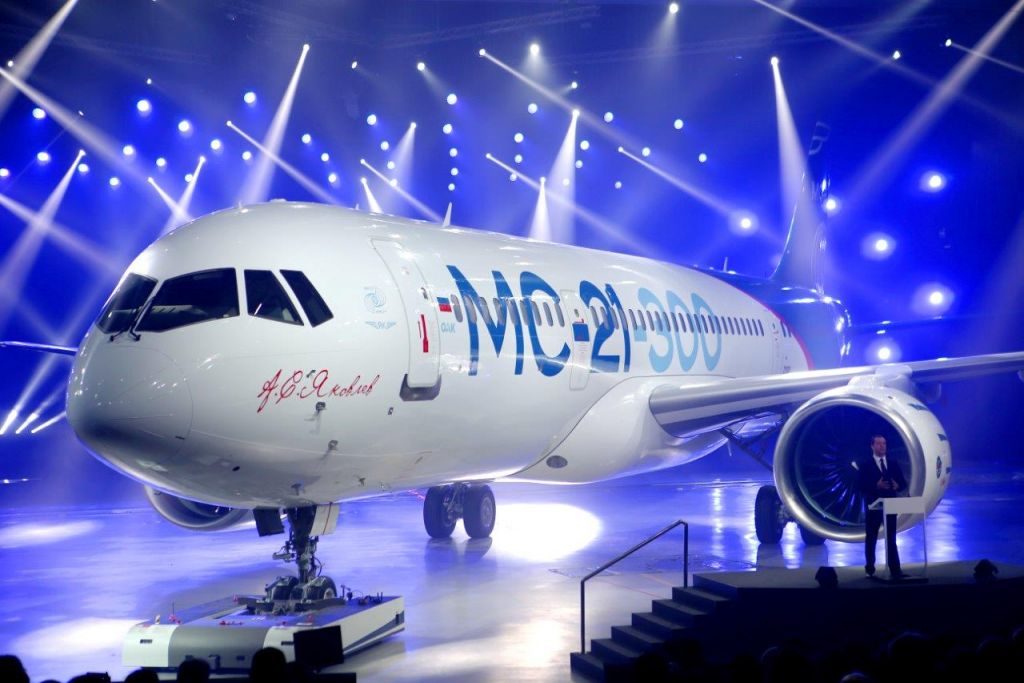 Missing the Ultimate load test for new airliners is nothing unusual. The designers tries to pass this test with the smallest possible margin. Any excess margin will make the aircraft unnecessary heavy. Other aircraft to have missed the test are Mitsubishi Aircraft’s MRJ, Airbus’ A380 and Boeing’s 787.
Missing the Ultimate load test for new airliners is nothing unusual. The designers tries to pass this test with the smallest possible margin. Any excess margin will make the aircraft unnecessary heavy. Other aircraft to have missed the test are Mitsubishi Aircraft’s MRJ, Airbus’ A380 and Boeing’s 787.
According to ATO.RU, who quotes IRKUT, the reinforcements in the wingbox necessitated by the failure will weigh 25kg. It’s not clear if the changes will affect the start of test flights. These should have started during April.
Bjorn’s Corner: The Engine challenge
October 21, 2016, ©. Leeham Co: In our Corners on East bloc aeronautical industries, we could see that the hardest part to master in a new civilian airliner is the engine.
Both new airliners from Russia and China (Irkut MC-21 and COMAC C919) start their lives with Western engines.
Why is this so? What are the challenges that make engines harder to create than aircraft?
We will spend several Corners on the main reasons that airliner engines are harder to do than aircraft. Read more
From zero to 10,000 in 50 years; can COMAC duplicate this achievement?
By Bjorn Fehrm
October 19, 2016, ©. Leeham Co: Airbus delivered its 10,000 aircraft last week (Figure 1), an A350-900 delivered to Singapore Airlines.
Delivering the 10,000 aircraft after 50 years of start of project is impressive, especially as the competition, Boeing Commercial Airplanes (BCA), the late McDonnell Douglas Corp and Lockheed Co, fought Airbus every step of the way.
We have a new player starting its 50 years, Commercial Aircraft Corporation of China, COMAC. It’s on its eighth year and the competitions’ sentiments are: “It will take long before they can compete, decades!”
Let’s compare with the rise of Airbus and see what can be learned. Will COMAC deliver its 10,000th aircraft in 50 years? Or in a shorter time? Read more
Bjorn’s Corner; The Chinese civil aircraft industry
September 30, 2016, ©. Leeham Co: In our Corners on East bloc aeronautical industries, we will now look at the Chinese civil aircraft industry.
The Chinese aero industry has similarities with the Russian industry in its overall structure. From the start of the industry in the 1950s, it was structured after the Soviet model of research institutes, design bureaus and production companies.
The difference to the Soviet Union was that its own Chinese aircraft designs only started in the 1970s. Before that, the industry built Soviet designs on license and then modified versions of licensed designs.
The first own aircraft designs were presented in the 1980s with a focus on military designs for the first 20 years. Read more


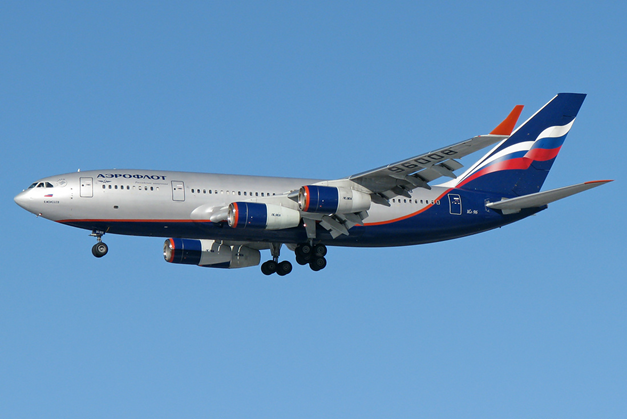

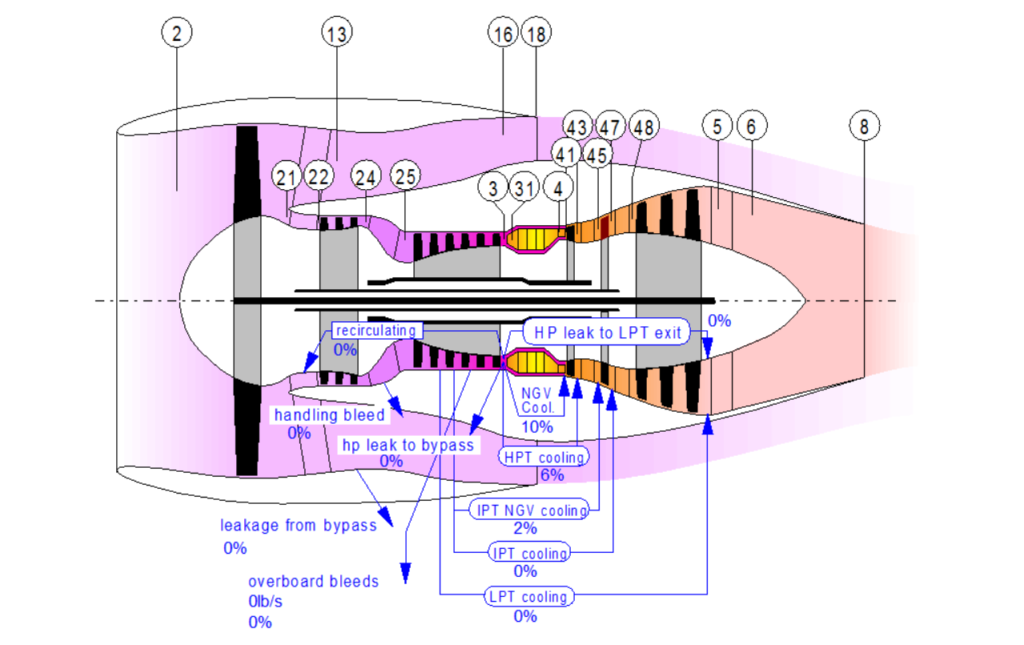
 COMAC, a spin off from AVIC and yet another government-controlled entity, is already casting eyes on a 250-seat, twin-aisle design, the C929—ostensibly in a joint venture with Russia’s United Aircraft Corp.
COMAC, a spin off from AVIC and yet another government-controlled entity, is already casting eyes on a 250-seat, twin-aisle design, the C929—ostensibly in a joint venture with Russia’s United Aircraft Corp.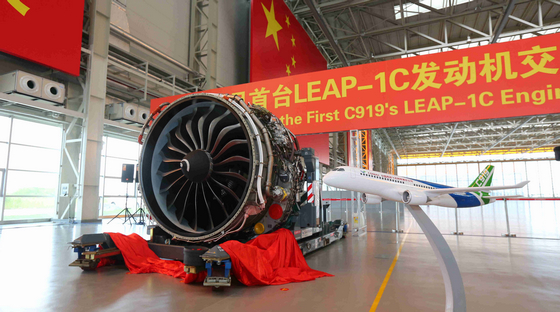
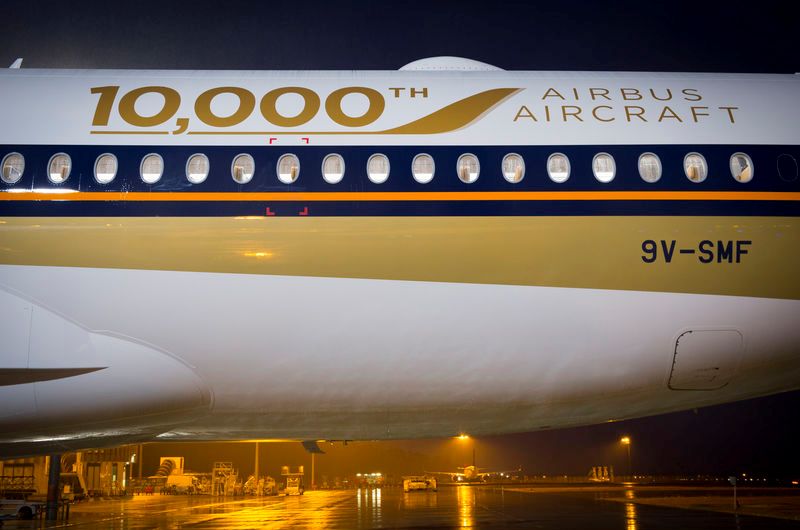
Assessing the MC-21 future
Subscription Required
Introduction
Feb. 9, 2017, © Leeham Co.: Russia’s Irkut designed a mainline jet to compete with the Airbus A320 and Boeing 737 families that, from a passenger experience
Irkut MC-21 at roll-out. Photo via Google images.
viewpoint, is the best in class.
The MC-21 has a wider fuselage than the A320 (which is wider than the 737). Seats and the aisle are the widest in the class. The overhead bin space is plentiful.
But the airplane is hampered by its environment: Russia itself.
Summary
Read more
Leave a Comment
Posted on February 13, 2017 by Scott Hamilton
Airbus, Boeing, China, Comac, Irkut, Leeham News and Comment, Pratt & Whitney, Premium, United Aircraft
737, A320, Airbus, ARJ-21, Boeing, C919, C929, Irkut, MC-21